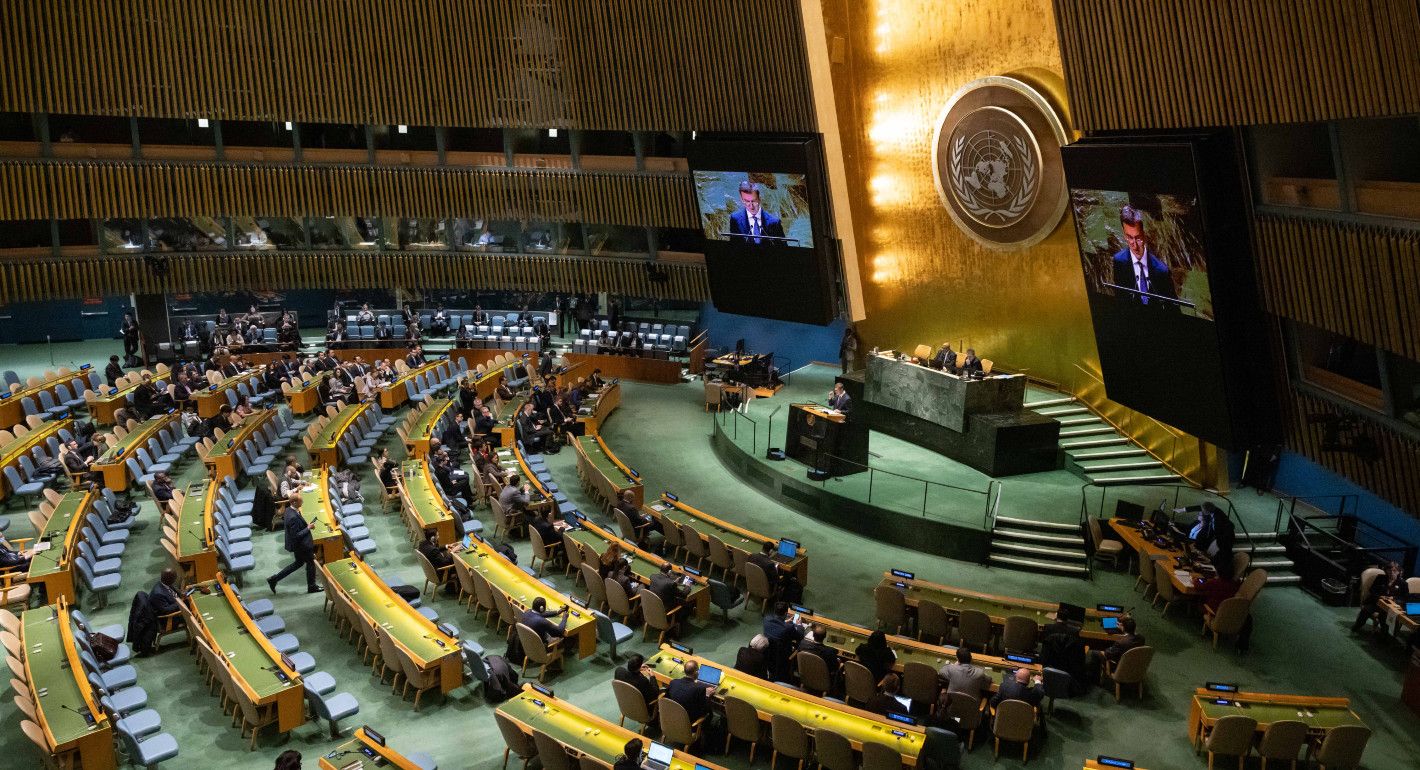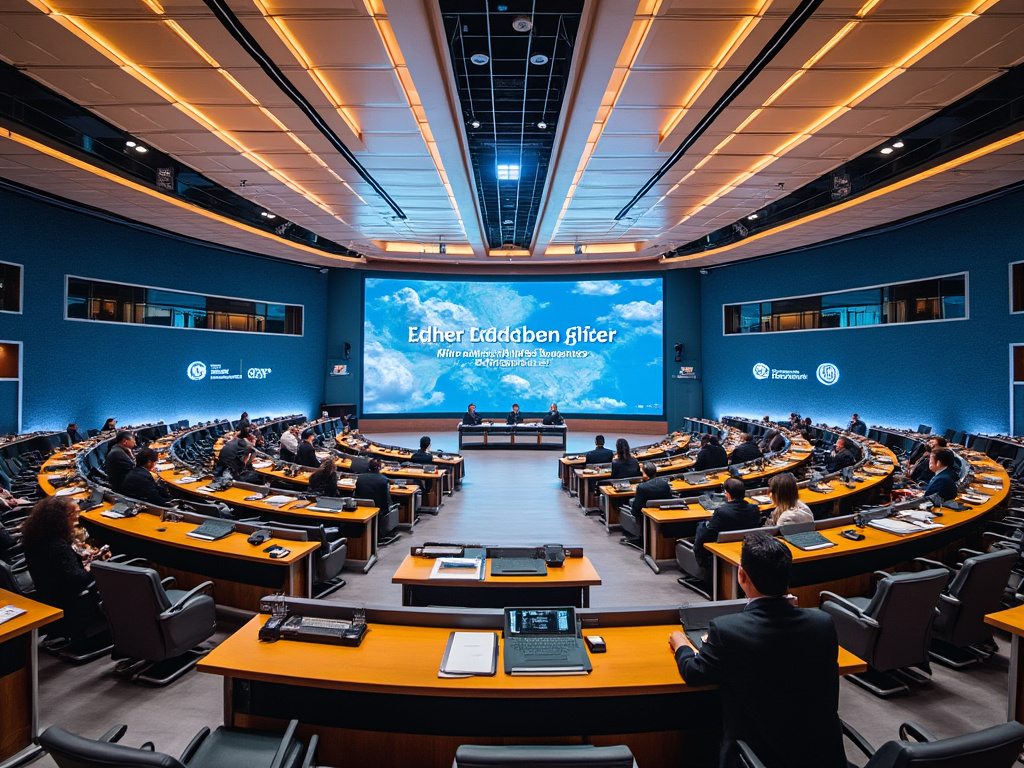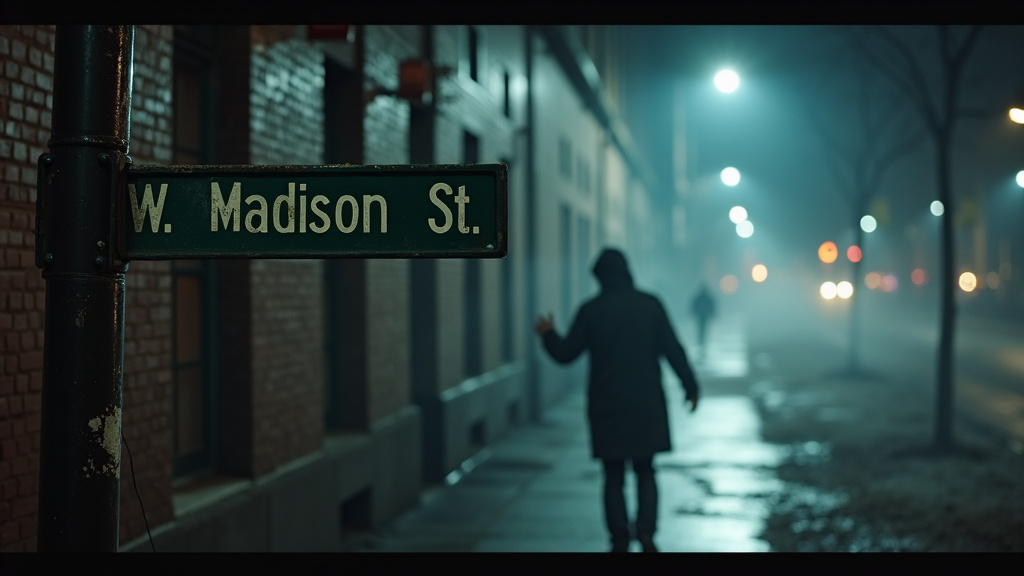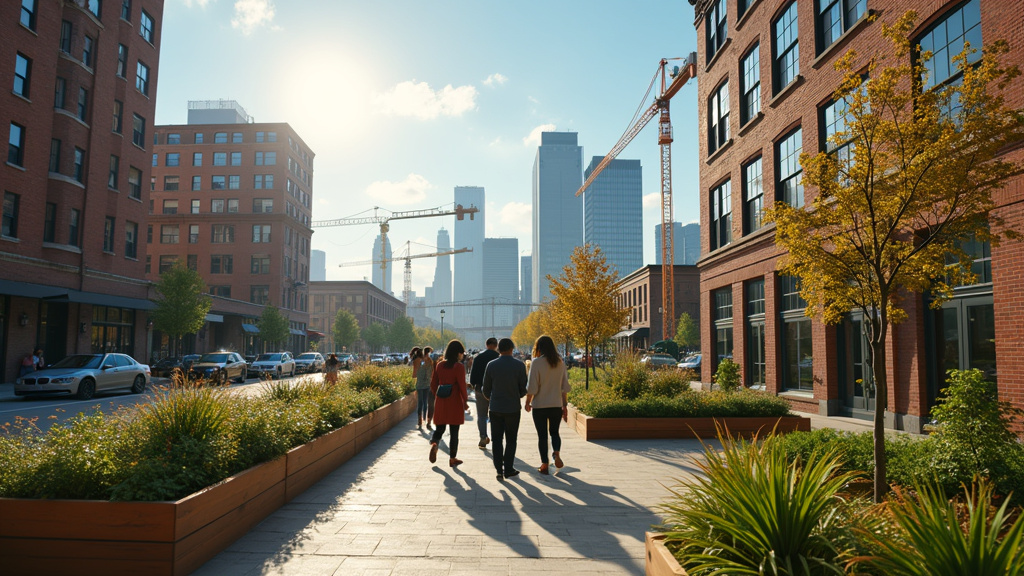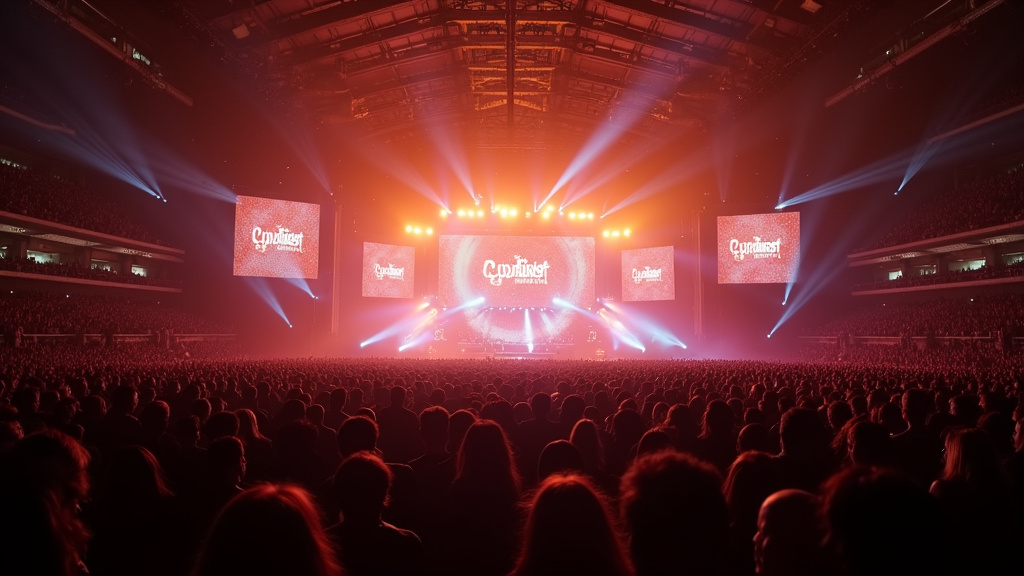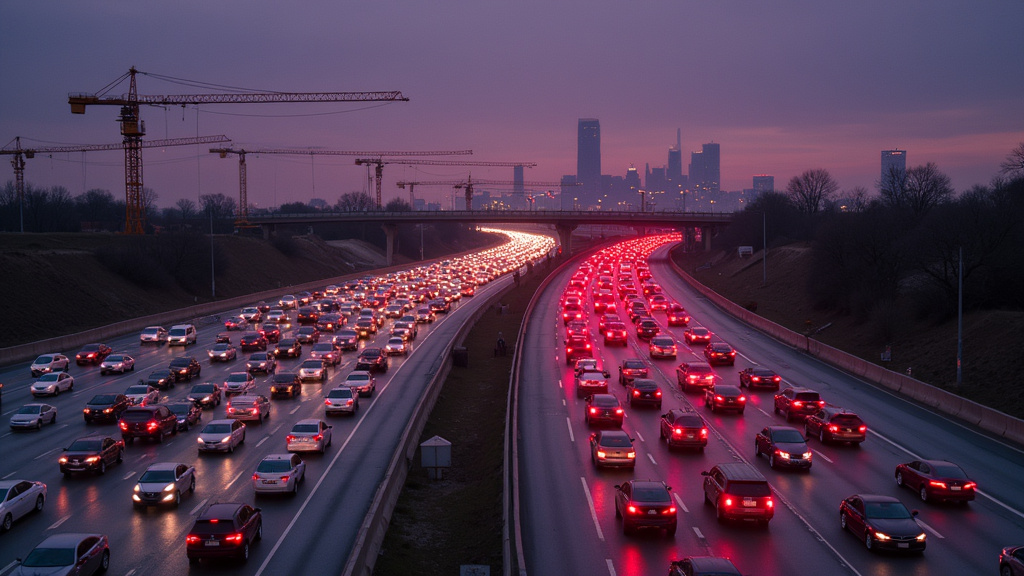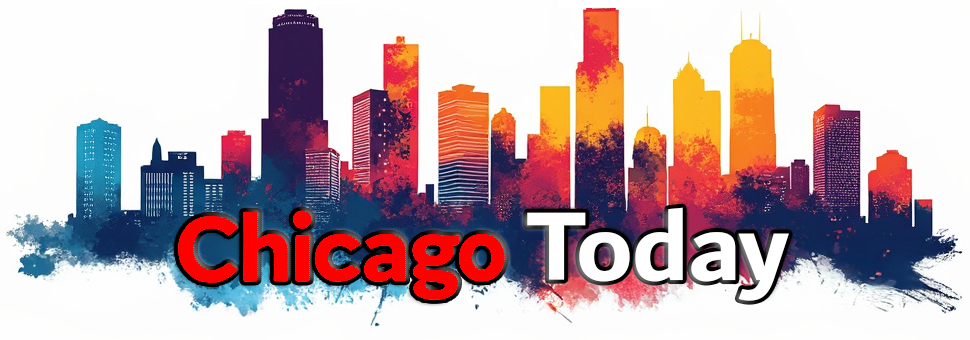Chicago, IL – In the heart of the Midwest, a storm of protest has brewed against what critics decry as the Trump administration’s aggressive and often “military-style” immigration enforcement tactics, particularly the sweeping operations conducted by U.S. Immigration and Customs Enforcement (ICE) in and around Chicago. Dubbed “Operation Midway Blitz,” these actions, which began in early September, have ignited a fierce backlash from state officials, local leaders, community advocates, and residents, who argue the federal approach prioritizes intimidation over actual law enforcement. This news analysis delves into the reasons behind Chicago’s vocal resistance.
Operation Midway Blitz: A Surge in Enforcement
The Department of Homeland Security (DHS) launched “Operation Midway Blitz” with the stated goal of targeting “criminal illegal aliens” who had allegedly flocked to Chicago and Illinois, blaming the state’s sanctuary laws for facilitating their presence. Federal officials claimed the operation would enhance public safety and pointed to the arrest of gang members as justification. However, the scale and methods employed quickly drew sharp criticism, expanding beyond targeting individuals with criminal records to include broader sweeps that impacted immigrant communities across the city and its suburbs.
Tactics That Spark Outrage
Reports from the ground painted a stark picture of “Operation Midway Blitz.” “Military-style tactics” became a common descriptor, with federal agents employing helicopters, rappelling from rooftops, kicking down doors, and deploying flashbang grenades during early morning raids. One particularly harrowing incident involved a raid on a South Shore apartment building where residents, including children, were reportedly removed from their homes unclothed, zip-tied, and separated from their families, some allegedly placed in U-Haul vans. This “militarized” approach, often involving camouflaged and masked agents, created an atmosphere of fear, leading to accusations that the operations were designed to “scare Illinoisians” rather than uphold justice.
Allegations of Due Process and Rights Violations
Central to the protests were allegations of significant due process violations. Immigrant rights groups and legal advocates claimed that ICE breached a 2022 consent decree that outlined conditions for arrests in the Chicago area, asserting that agents were making warrantless arrests and detaining individuals without probable cause. Court filings and witness testimonies described U.S. citizens being wrongly detained and immigrants arrested at routine check-ins, which advocates described as “traps.” The tactics also raised alarm over family separations, with concerns mounting about U.S. citizen children being taken into custody with their undocumented parents.
“Fear Enforcement, Not Law Enforcement”: Voices of Opposition
Prominent figures led the charge against the federal actions. Illinois Governor J.B. Pritzker was a vocal critic, accusing the Trump administration of prioritizing “fear enforcement” and engaging in a “manufactured performance” rather than genuine public safety efforts. He strongly opposed the administration’s threats and eventual authorization to federalize and deploy 300 Illinois National Guard troops to Chicago, calling it “outrageous and un-American.” Chicago Mayor Brandon Johnson also directed city law enforcement not to cooperate with federal agents and condemned the “abusive” tactics observed during the raids. Local officials in immigrant-heavy suburbs echoed this sentiment, pledging non-cooperation with federal raids.
The phrase “fear enforcement, not law enforcement,” attributed to North Chicago Mayor Leon Rockingham Jr., encapsulated the core critique: that the administration’s strategy was intended to terrorize communities and undermine trust, rather than focus on targeted, lawful enforcement.
Escalation and Broader Implications
The aggressive federal presence extended beyond raids. Agents were seen patrolling downtown Chicago landmarks in tactical gear, leading to claims of discriminatory stops and racial profiling, with Border Patrol leadership suggesting appearance factored into targeting decisions. Protests outside the ICE detention center in Broadview, a Chicago suburb, frequently turned tense, with reports of federal agents deploying tear gas, pepper balls, and roughly handling protesters. Even journalists covering the events reported being detained or subjected to chemical agents. The situation escalated further when federal agents shot a woman during a confrontation, prompting DHS to claim agents fired “defensive shots” after their vehicles were “boxed in.”
This period saw a dramatic increase in calls for legal aid from immigrant communities, with organizations reporting a “skyrocketing” demand for assistance amid the “Operation Midway Blitz.” The actions also led to legal challenges, with groups filing complaints alleging violations of a 2022 agreement regarding collateral arrests.
Conclusion
The “Operation Midway Blitz” in Chicago represents a significant chapter in the ongoing debate over immigration enforcement in the United States. The “military-style” tactics, allegations of due process violations, and the “fear enforcement” strategy have galvanized a broad coalition of opposition. As Chicagoans continue to resist what they perceive as an overreach of federal power, the events underscore a deep divide between the administration’s approach to border security and the civil liberties and community well-being of those on the ground. The outcome of these legal battles and community resistance will likely shape future immigration policy and the relationship between federal authorities and diverse urban populations. This extensive news coverage and community outcry serve as a critical record of the era’s immigration enforcement policies and their impact, forming the basis for ongoing editorial discussions and public discourse.


